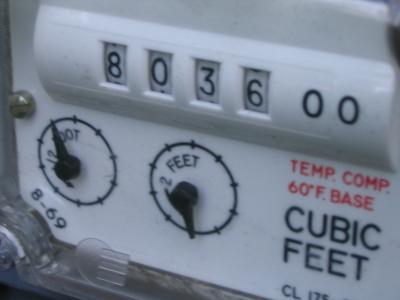 Taking shortcuts may be a short-term gain for OEMs and contractors, but they inevitably lead to long-term problems. Sure, shortcuts lower overhead and increase profit margins in the short term, but at what cost? Failing tests, compromising system integrity, suffering catastrophic failure, and losing a customer’s trust are risks that should always be considered whenever a contractor or OEM thinks about taking a shortcut.
Taking shortcuts may be a short-term gain for OEMs and contractors, but they inevitably lead to long-term problems. Sure, shortcuts lower overhead and increase profit margins in the short term, but at what cost? Failing tests, compromising system integrity, suffering catastrophic failure, and losing a customer’s trust are risks that should always be considered whenever a contractor or OEM thinks about taking a shortcut.
Mechanical shortcuts often compromise a system’s integrity, leading to costly repairs and failed tests. For instance, I remember working on an RTO that utilized tadpole gaskets in the seats of its butterfly valves. During an inspection I found numerous valve seat bolts were broken. This prevented the valves from properly seating against the gasket. Nearly half of the bolts on one valve had failed. On this particular valve, that meant 14 busted bolts (out of 32 total). How does someone ignore something so critical? The crews who worked on these valves must have assumed that the remaining bolts were “good enough” to pass the upcoming EPA test. However, the consequences of their ill-advised shortcut quickly countered the time they saved in the field.